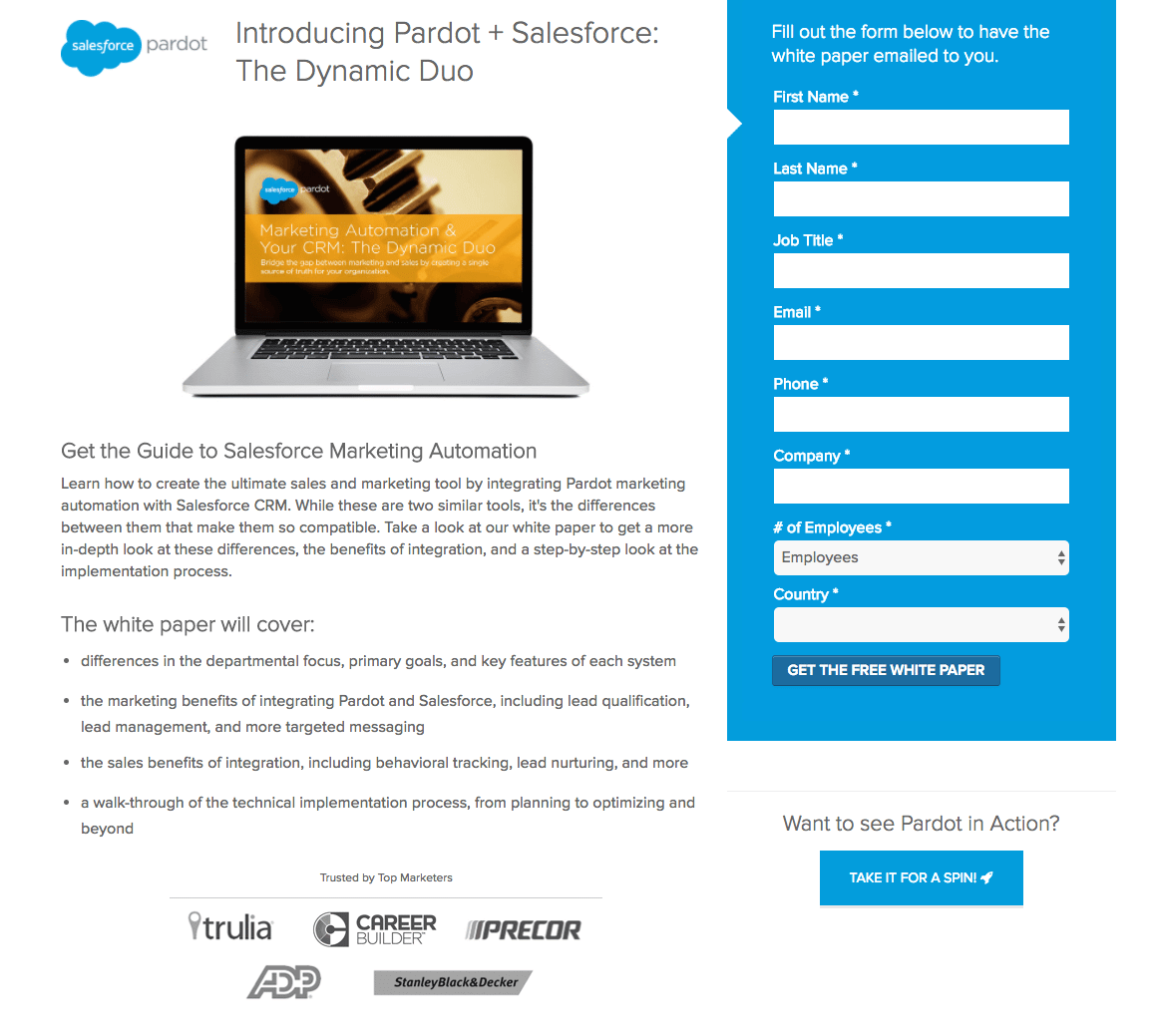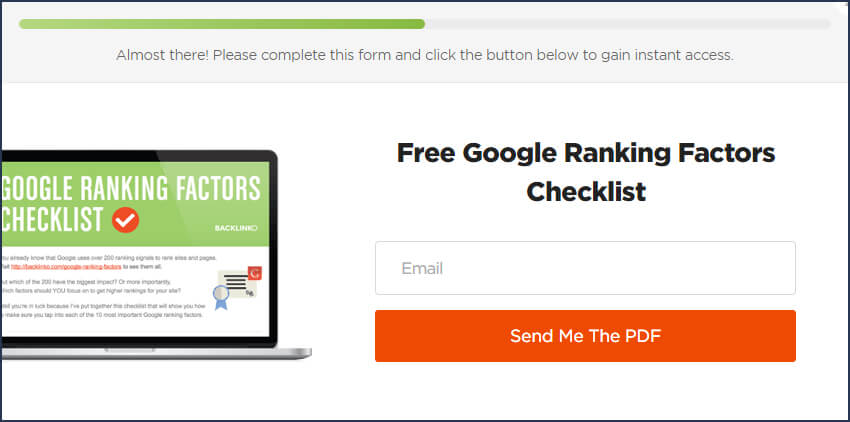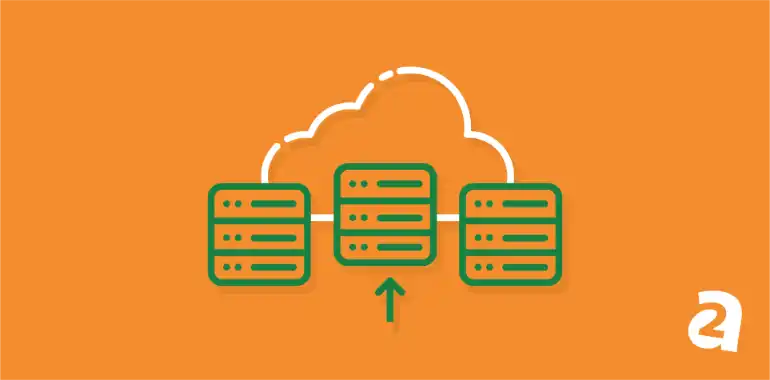- Jul 22, 2019
 0
0- by A2 Marketing Team
If you want to spark interest in your content, one method is to tease readers of your blog with a sneak peak. By gating some of your content, users won’t have access unless to it until they take a specific action of your choosing. This can be a very effective way to increase conversions on your blog, although it can also annoy visitors if you’re not careful.
There are pros and cons to using gated content, but when done right, it can help you increase engagement and interest in your work. The trick lies in knowing what to gate and when to gate it. With a little planning and a few key tips, you can use this strategy to maximum effect.
In this article, we’ll explain the concept of gated content. Then we’ll talk about how you can use it to increase memberships, email list subscriptions, and revenue. Let’s take a look!
An Introduction to Gated Content
Gated content is content that isn’t available to just anyone. Instead, it’s locked away and viewable only by specific users.
This content could include articles, video webinars, ebook guides, and so on. Most often, gated content on blogs is offered in exchange for some kind of personal information. You may ask readers to provide their email addresses, and potentially their names, phone numbers, or other information that’s important to you:

When done right, gating your content can make it more appealing to your audience. It can also be used to generate sales leads, or create a list of email addresses for marketing purposes. However, it’s important to understand both the potential advantages and drawbacks of this strategy before implementing it.
The Pros and Cons of Using Gated Content
With the right type of gated content, you can increase subscribers and drive more traffic to your blog. Gated content can enhance your site’s perceived value, such as when a blog post prompts visitors to sign in to continue reading. If the snippet of your post that the reader can access is intriguing, they’ll be encouraged to do as you request.
In addition, gated content can be used to collect valuable data that you can employ to understand your audience and enhance your marketing efforts. Every email address you collect is another person you can send friendly reminders to about new content or products. Some may even respond to your emails, providing further opportunities for building relationships with your audience.
On the other hand, it’s possible for gated content to annoy or frustrate your visitors. Some people may not like being asked to provide personal information, and this might leave them with a negative perception of your brand. It’s also worth noting that people are less likely to link to articles that are gated, which can slow down your backlinking progress.
Fortunately, it is possible to harness the advantages of gated content while minimizing the downsides. In a general sense, this involves gating content that has real value and is highly shareable. Throughout the rest of this post, we’ll walk you through how you can do just that.
How to Use Gated Content to Increase Conversions on Your Blog (3 Key Tips)
Gated content can be an excellent way to build your email marketing list and attract regular readers for your blog. However, it’s important to implement this strategy carefully. Here are three key tips to help you get started.
Step 1: Choose the Content You’ll Lock Away Carefully
First and foremost, it’s important to be careful about what kind of content you gate. Locking away content that is not interesting to your readers or doesn’t offer significant value will merely drive potential readers away.
Therefore, the content you gate should offer something of use to your readers. The best way to do that is to focus on creating content that solves problems your target audience is likely to have.

This can include upgrades to the content you already offer for free, webinar courses that would normally cost money, ebooks with information readers can’t get anywhere else, and so on. In other words, your gated content shouldn’t be just another blog post – it needs to be something special and unique.
Step 2: Start Gating Your Content at the Right Time
It’s also important to gate content at the right time, and to the right kind of visitors. If you lock away content on your brand-new blog, it’s not likely that many people are going to sign up. Your site needs to have enough monthly traffic to make gating some of your content worthwhile.
This means giving readers time to get to know your brand, and decide if you’re worth revisiting regularly. Once you have a modest base of visitors who like what they’re seeing, then it’s time to present them with some additional gated content.

This means that before you implement gated content, you’ll need to establish your site and build an organic following. There are various forms of promotion that you can focus on, such as social media posting and affiliate marketing. Then, when you can guarantee a steady following, you may be ready to consider gating some of your content.
Step 3: Make Your Content’s Value Clear to Visitors
Finally, your blog’s readers also need to know what a great offer you are providing for them. In other words, you’ll have to convince them that your gated content is worthwhile.
The value you are offering needs to be very clear, with a direct Call to Action (CTA) that encourages readers to sign up. It may be a smart idea to show a portion or sample of your gated content, in order to give visitors an idea of its value.

It also helps to explain very clearly how your content will benefit visitors. In the example above, you can see that the website owner promises you he can “double your freelancing”, and then includes some brief credentials and outlines exactly what he is offering. He follows that up with a prominent CTA – a format worth emulating for your own gated content.
Conclusion
Sometimes it’s best to hold some of your most valuable content back from your readers, until they take a specific desired action. This can create value, promote engagement, and even help to build up your email list.
Our three key tips for effectively using gated content on your blog are:
- Choose the content you’ll lock away carefully.
- Start gating your content at the right time.
- Make the value of your content clear to visitors.
Image credit: Pixabay.












